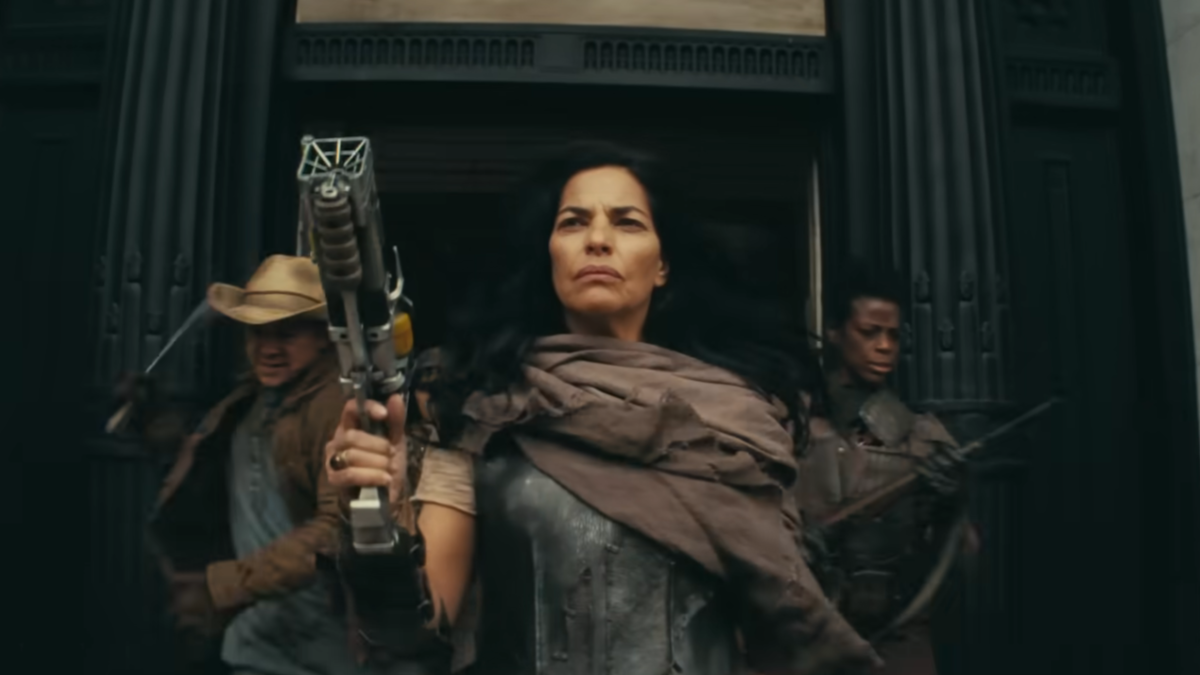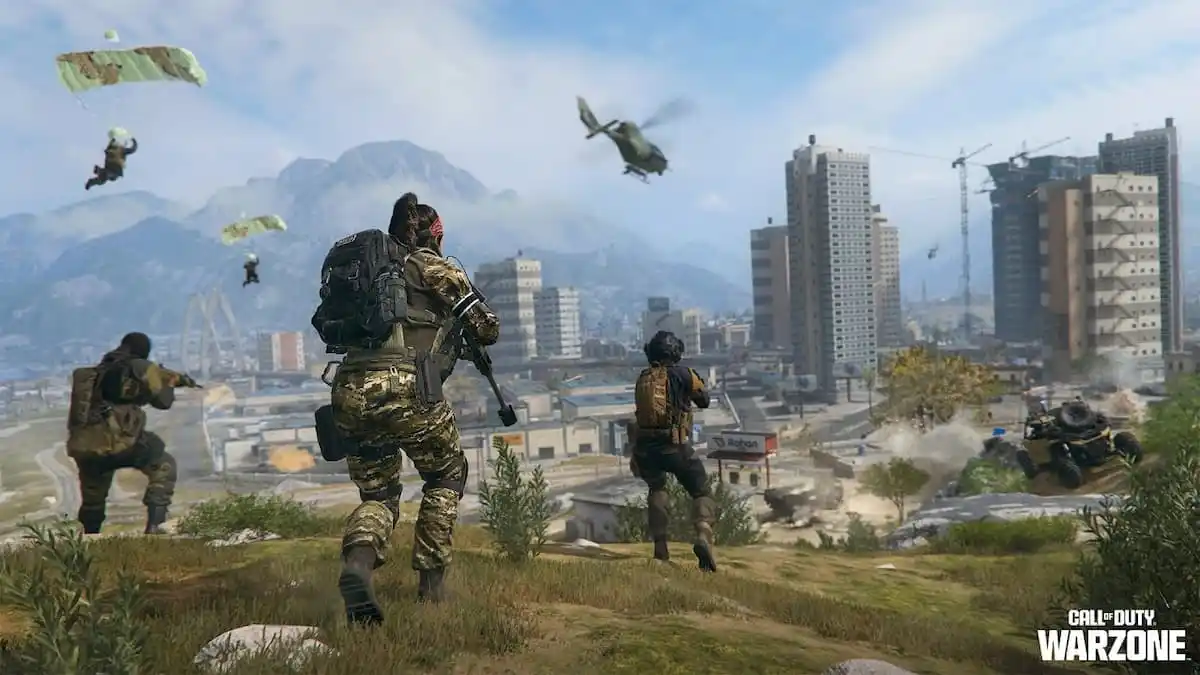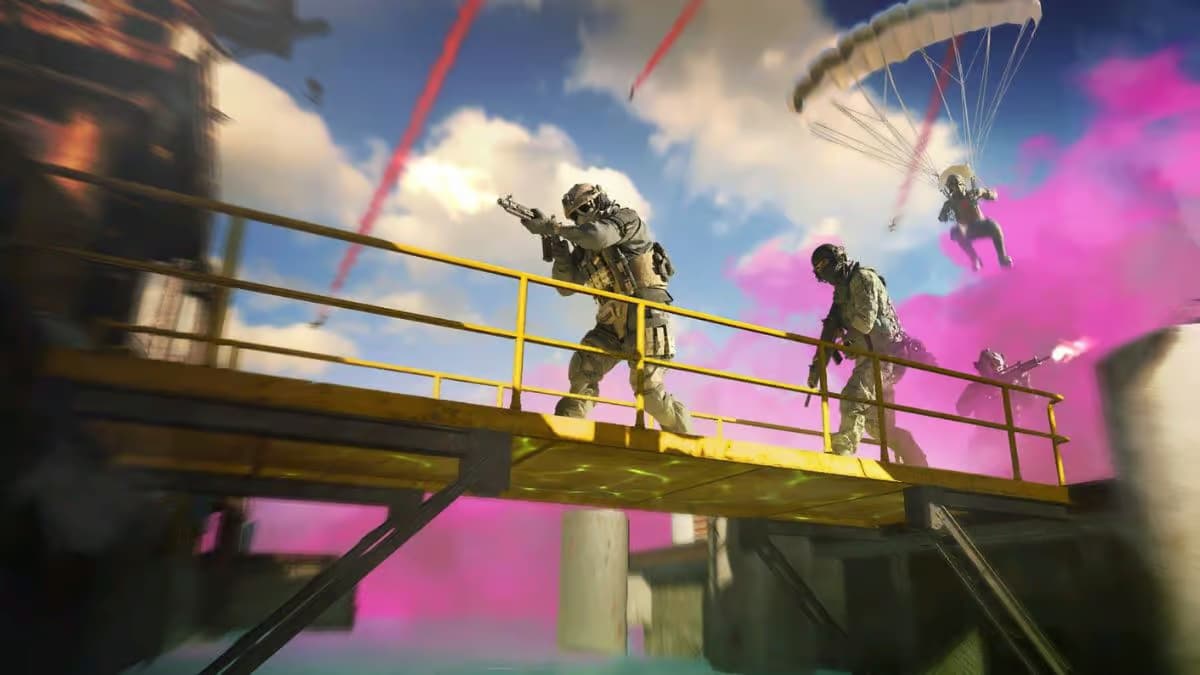I like to think of myself as a member of that special breed of videogame connoisseurs who actually enjoys it when games dole out cruel punishment. There’s something perversely delightful about missing that ledge jump for the eighteenth time in Ghosts N’ Goblins, cursing in joy as Arthur plummets to his bedeviled doom once again, decked out in his birthday finery. My video game shelf reads a lot more like Venus in Furs than I’m Ok You’re Ok. The harder the better. I don’t say this to brag, because anyone who’s seen me play knows my skills aren’t up to snuff. I’m just a glutton for abuse.
That’s why I couldn’t contain my excitement when I had the opportunity to meet with Tilman Reiff, co-creator of the infamous PainStation, at Wired’s NextFest last week. Thanks to the general litigious nature of Americans, we may never get the chance to experience the delightful bite of the PainStation‘s Bouquet-o-whips on this side of the great Atlantic. I don’t know about you, but I’m about to buy myself a plane ticket to next year’s Leipzig, just so I can swing by Tilman’s headquarters in Cologne to play this puppy for a hot minute.
Tilman Reiff has toiled away in his mysterious underground cavern in Germany for the past decade, surrounded by beakers of alchemic potions and Tesla coils, consistently pumping out some of the most innovative videogame-slash-art hybrids to grace our chaotic new century. Tilman makes up half of the multisensory artifact team, //////////fur////. Together with his partner Volker Morawe, Tilman has helmed several wickedly inventive devices that draw attention to the manner in which we relate to our games, our machines and each other. Some of the highlights of his career as a mad scientist gamer include: the Legshocker, a peripheral that simulates the feeling of being kicked in the shin while playing FIFA matches; His Master’s Voice, adorable robot balls that find themselves strangely attracted to the sounds of human singing; and ////furminator, an immersive, virtual reality pinball gizmo. Nintendo may have even ganked the idea for the Balance Board from them.
Hit the jump for my heated interrogation with Tilman and his thoughts on games, art and the PainStation‘s legacy.
Tell me about the concept of pain in the PainStation. What element do you think it introduces to video games?
There are games that cause fear, but I think for PainStation, it’s the element of danger. It’s the threat of being maltreated that puts your whole body on red alert and makes it such an intense experience.
When you play the PainStation, whom do you personally hold responsible for the pain you experience? The other player or the computer?
Yourself! You get punished if you miss the ball, so it’s always your own fault. And since Pong is so easy to play you can’t even blame the controls! But the real satisfaction comes from returning the ball and seeing your opponent fail to get it. Not only because you see him suffer, but also because it is a moment of relief for yourself: the short time where the threat of getting punished is paused.

When participants are done trying the game, does the aggression from the game experience transfer over to real life? Are they angry at the other player for causing them this pain? Or does the mediation by the computer keep the players neutral toward one another?
If you watch people play the game you will hardly notice aggression at all. The interesting thing is that people are enjoying themselves and are having a blast being maltreated, most of the time laughing and screaming. They are oftentimes shaking and cold-sweating after the game, but I have the experience that aggression is rarely involved at all. It is rather relief that arises after a game.
You mentioned you had a lot of difficulty in bringing the game to San Francisco and have decided that the obstacles were too high to bring it back to America again. Tell me about this experience.
The law situation in USA makes it very dangerous to put such a machine in public. See the release form people had to sign at the Yerba Buena Center for the Arts in San Francisco during 2004. They had the machine completely fenced off when no attorney was present.

Do you think there’s a difference in the way the United States views the concept of pain compared to Germany or other parts of Europe?
No, I think it’s mainly the law.
How does the PainStation change the way we think about video games as a solitary or isolated experience?
This game is only fun to play against a human opponent, probably the most fun the better you know the person. It is also very fun to watch people play this game. There usually forms a crowd around the machine at exhibitions. So this is really very different from “ordinary” gaming. We started building games like this in 2001, and today Nintendo has picked up very similar concepts (involving the body, making the game fun to watch) and is marketing them successfully. It is most obvious for us with a commercial project we did for Continental, a sponsor of the European Soccer Championship. The interface we designed is so very similar to the Wii Balance Board (which was revealed only a couple of months later) that it is almost frustrating. You can check the video at our Web site. We will stay poor artists and they are making the big bucks. Even though we are having the ideas first. [Laughs.]
How did you and Volker team up? Did you each do art projects individually before working together?
No, not really. Volker is a former hit producer and space electonics technician and I studied information science. We met at the Academy of Media Arts Cologne while studying art. We moved in together and shared a studio where we started building PainStation after a while. Volker was driving the project forward and i started to do the programming at certain point.
So is there an idea man and a tech guy? Or do you both share the duties equally?
Due to our backgrounds, Volker is doing the electronics, sound, and video editing and I am doing all the programming, websites and such. When it comes to the hardware and the building of things we work together equally very well.
What project do you personally feel most proud of?
All of them, but it’s still the most fun for me to watch people play PainStation because it delivers such an intense experience to players and it shows in their reactions so much. Very satisfying for the creators!
What’s your next big project?
It seems like our biggest project will always be PainStation, so it’s hard to have your career start with your biggest hit and then having to try to top that with all the subsequent projects. But you’ll never know!



